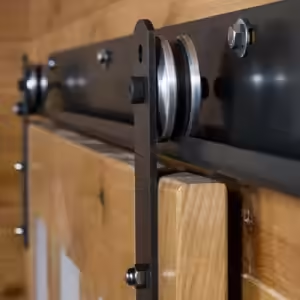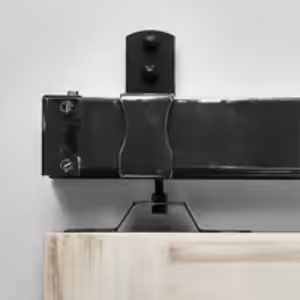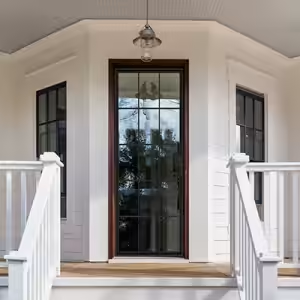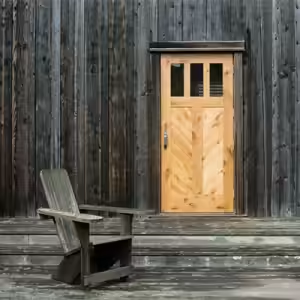8 Types of Astragals on Doors
- Overlapping Astragal
- Flat Bar Astragal
- T Astragal
- Z Astragal
- Split or Meeting Astragal
- Brush Astragals
- Acoustic Astragals
- Fire-Rated Astragals
What is an Astragal?
Astragals have differing uses in doors and windows. However, this article explores the astragal’s use in doors more so than in windows because door astragals have more variances and functions than window astragals.What is the Difference Between a Mullion and an Astragal?
Mullions and astragals perform similar functions in double doors and single doors, as they both seal the clearance gap between the two doors or the door and the door frame. However, they differ in their location.8 Types of Astragals on Doors
There are a few different types of door astragals, and they differ in shape, function, and attachment style. The type you choose will depend on your needs and door performance preferences.1. Overlapping Astragal
An overlapping astragal is the most common type of exterior double door astragal. As such, it is one of the main astragal categories, and within this category are a few specific astragal types.2. Flat Bar Astragal
One of the most common overlapping astragals used in residential buildings is the flat bar astragal. The simple design of this door astragal consists of a flat piece that is mounted to the outside surface of the active door via screws.3. T Astragal
A T astragal is a specific type of overlapping astragal, and is shaped like a “T” with a thin, vertical edge that sticks out from the center of the astragal. When closed, the extruding astragal piece compresses between the two doors, effectively closing the gap between them and creating a continuous seal.4. Z Astragal
A Z astragal is another type of overlapping astragal, but it differs in that it is often mounted to the inactive door, rather than the active door, in a double door system. This astragal is shaped like a “Z,” with the hardware completely covering the door’s edge using a piece that extends out to seal the gap between the doors.5. Split or Meeting Astragal
A split or meeting astragal functions differently than the overlapping astragal, and is the other astragal commonly used for exterior double doors. A split astragal, as the name implies, is comprised of two pieces of hardware that attach to each door leaf.6. Brush Astragals
Brush astragals can be a type of split or meeting astragal where the doors seal via sturdy bristles coming together.7. Acoustic Astragals
Acoustic astragals contain a thick gasket that is used to seal the gap between double doors. Because of the thick gasket, acoustic door astragals are specifically used to seal out noise, hence their name. They are extremely effective at sealing out drafts as well.8. Fire-Rated Astragals
Certain astragal types are specifically designed for fire-rated doors. A fire rated door is a door that is made specifically to withstand fire for a certain amount of time. They provide a buffer to slow the fire from spreading, so long as the doors are closed from one room to the next.Door Hardware 101: Astragals for Energy Efficiency, Security, and Protection
An astragal is an uncommon door hardware piece that is key for effectively sealing the gap between double doors.With the right astragal for your double doors, you can prevent drafts, moisture, smoke, and insects from entering your home. In a commercial setting, astragals are ideal for increased security, noise reduction, and fire safety.
There are a variety of astragals, but by understanding each of their unique structures and advantages, you can choose the perfect astragal type for your door DIY projects.

 800-891-8312
800-891-8312




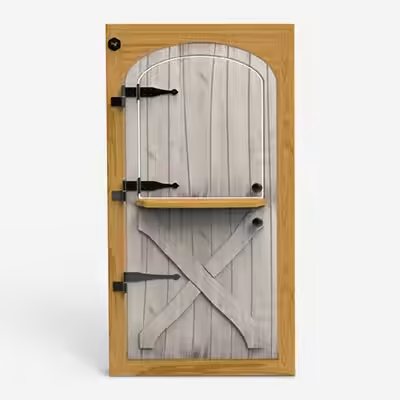

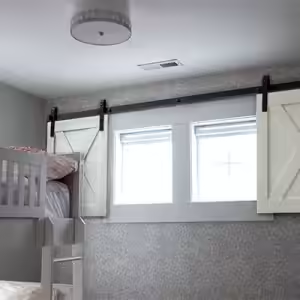


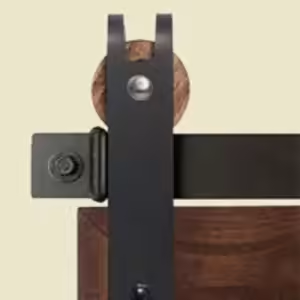

-1601395521090.avif)
